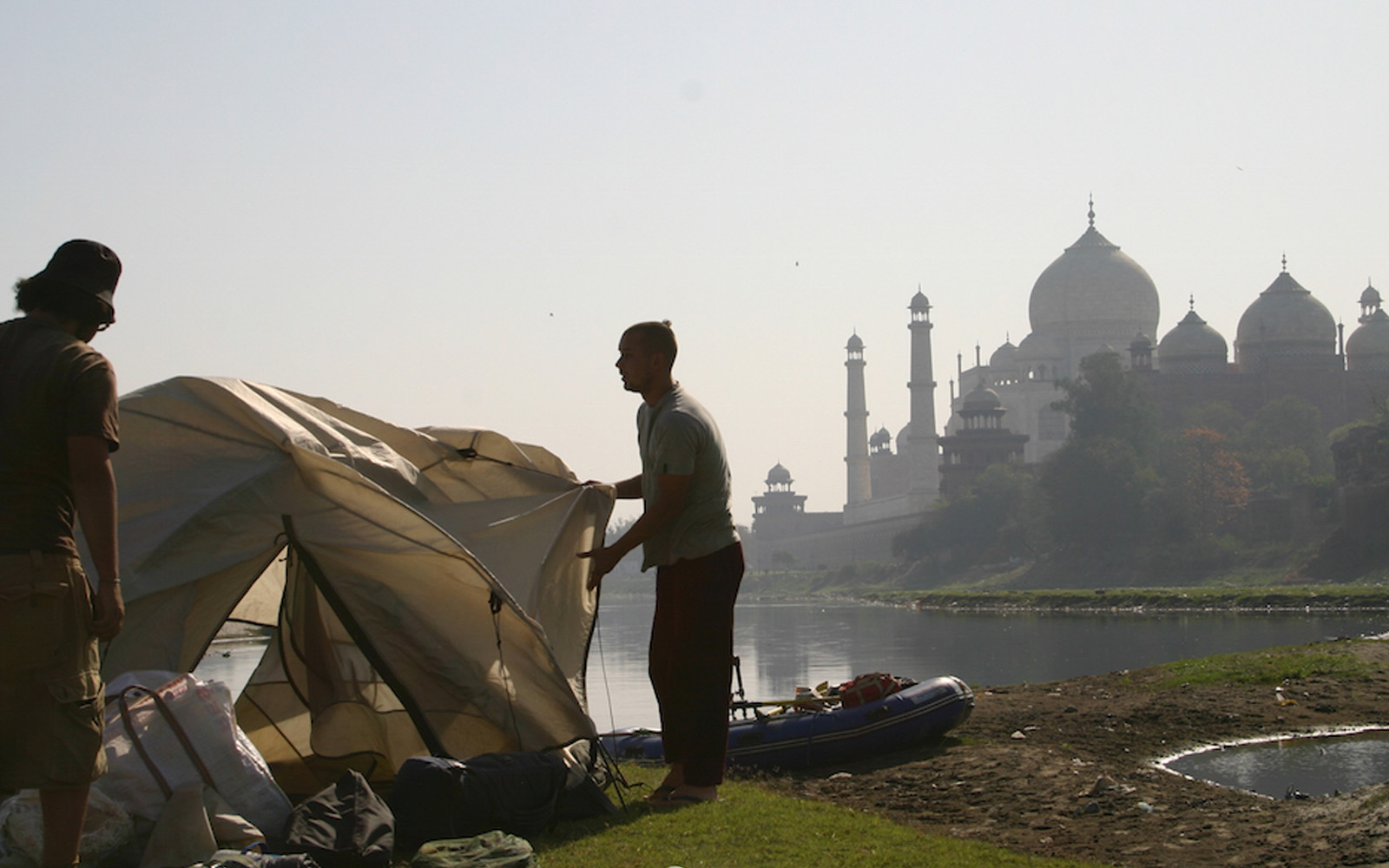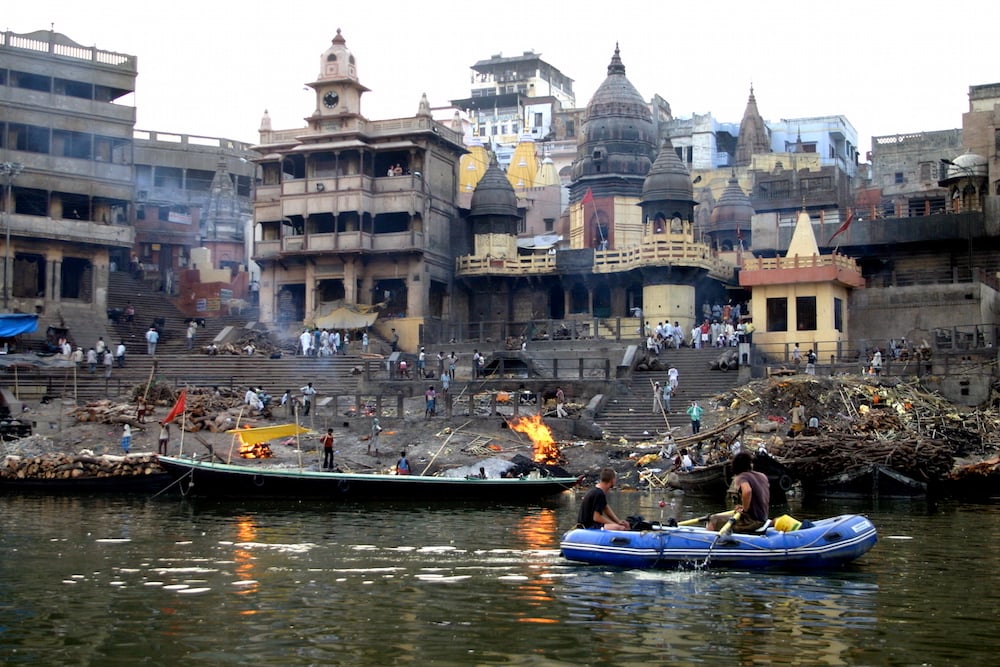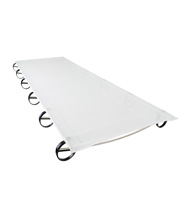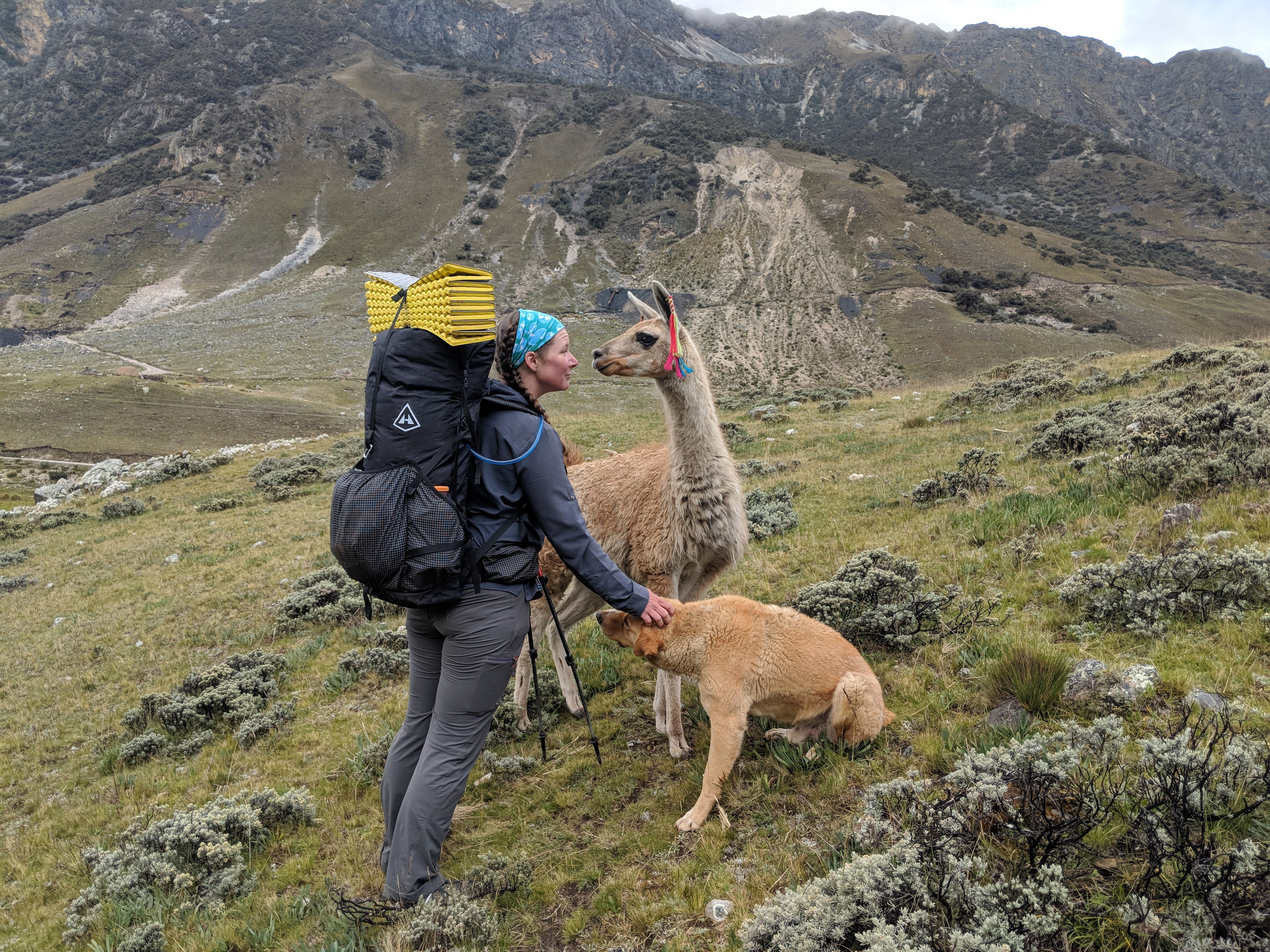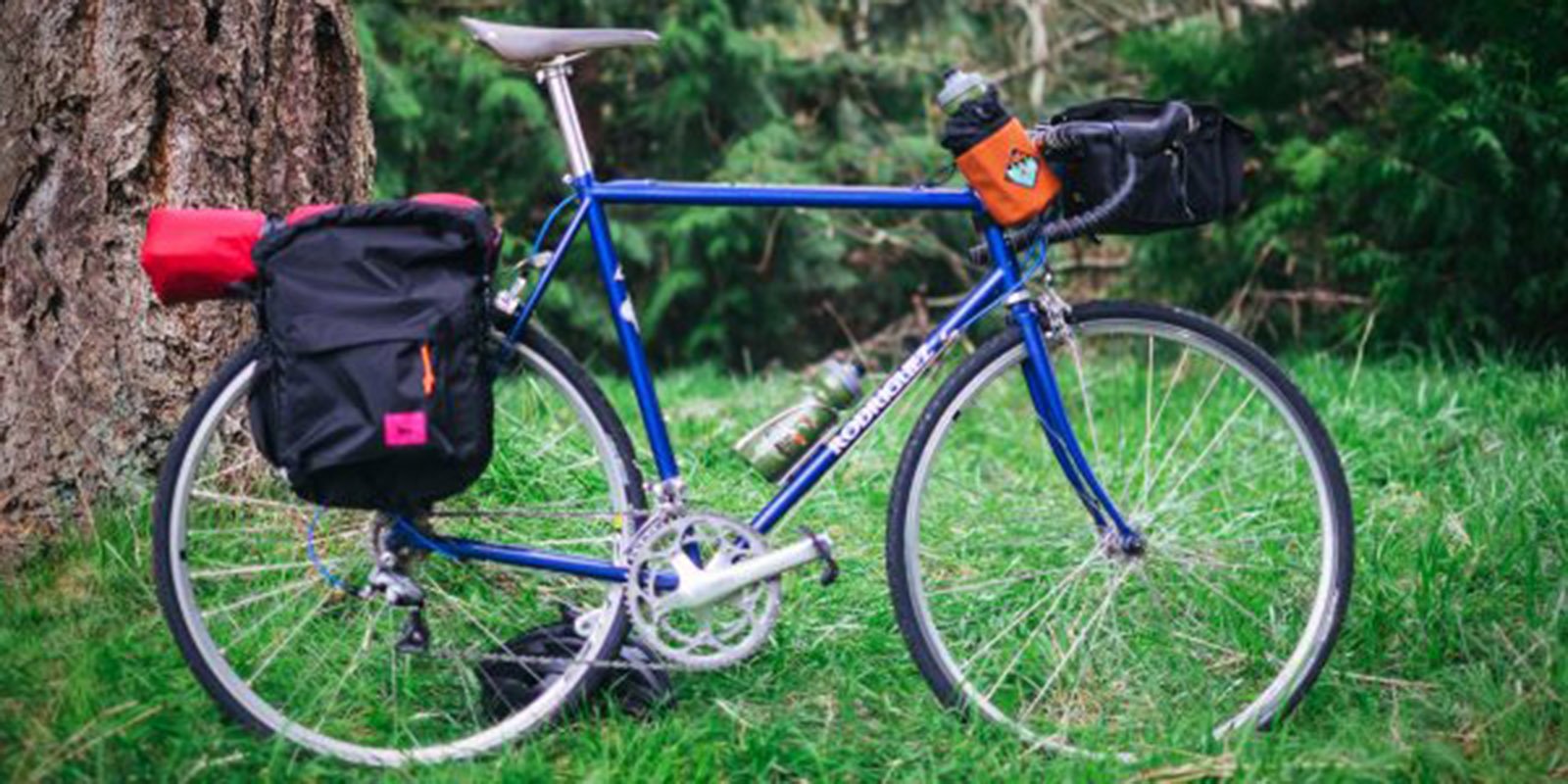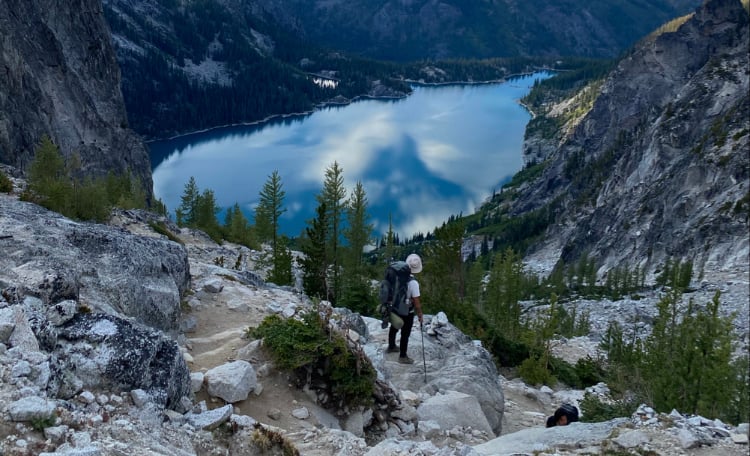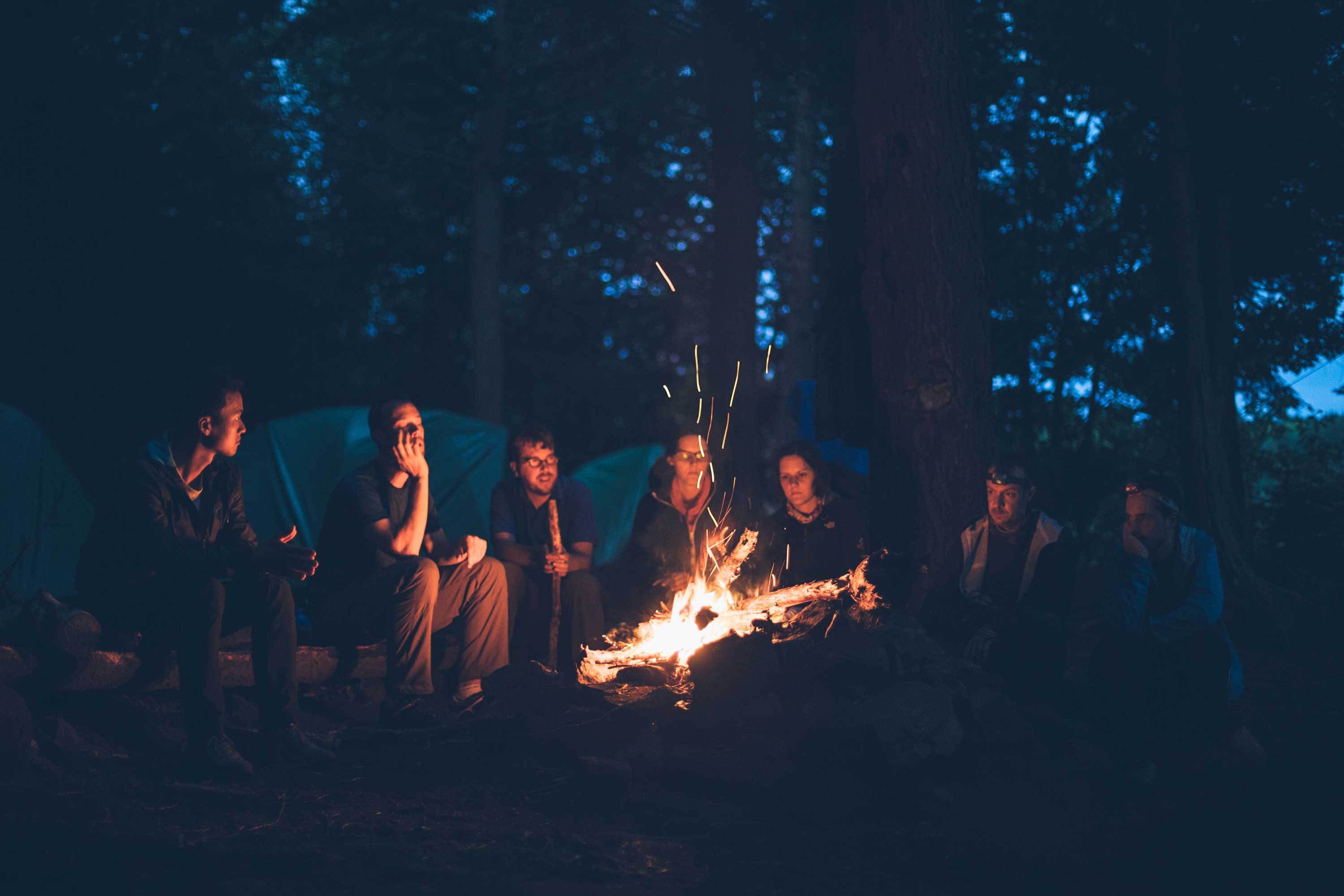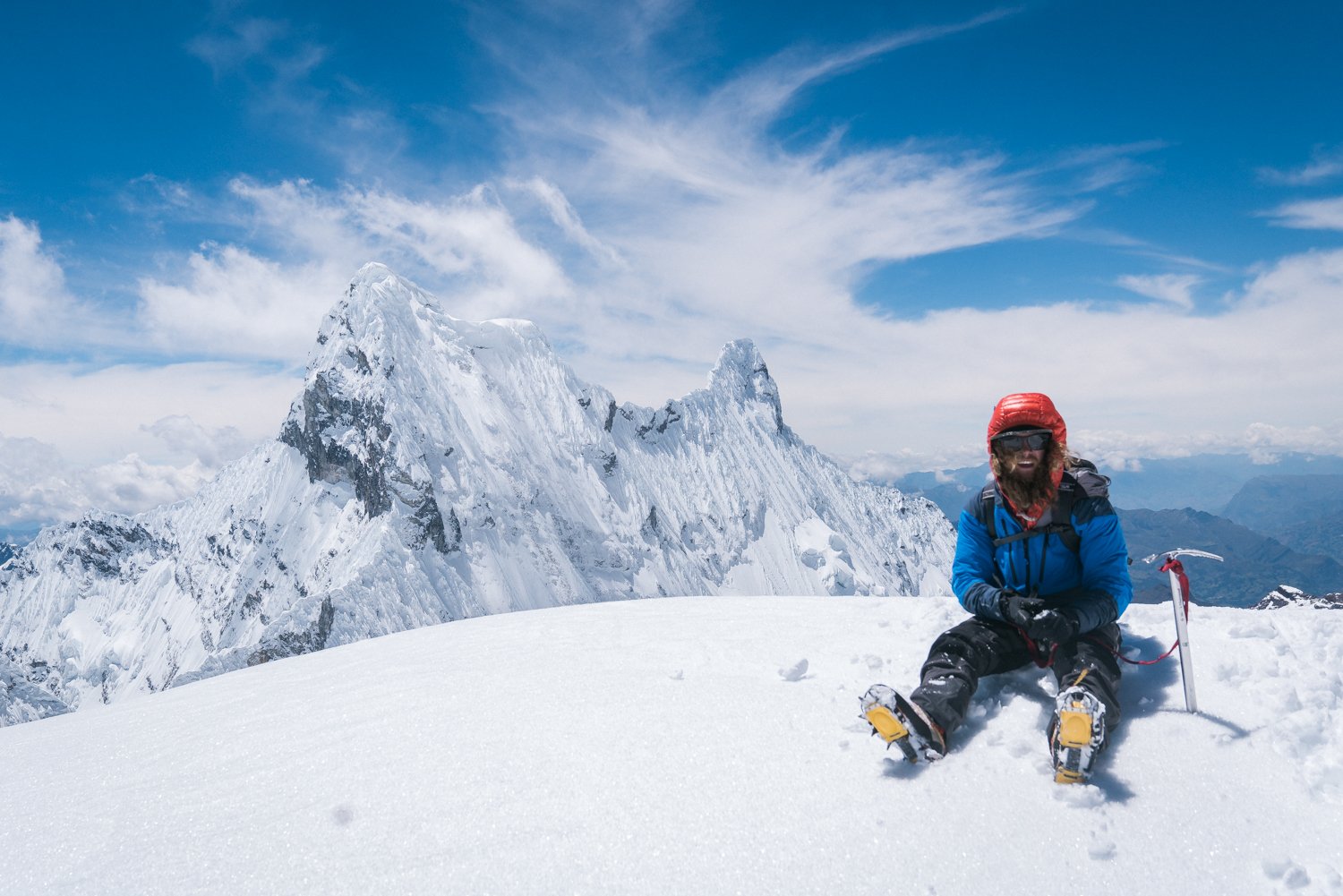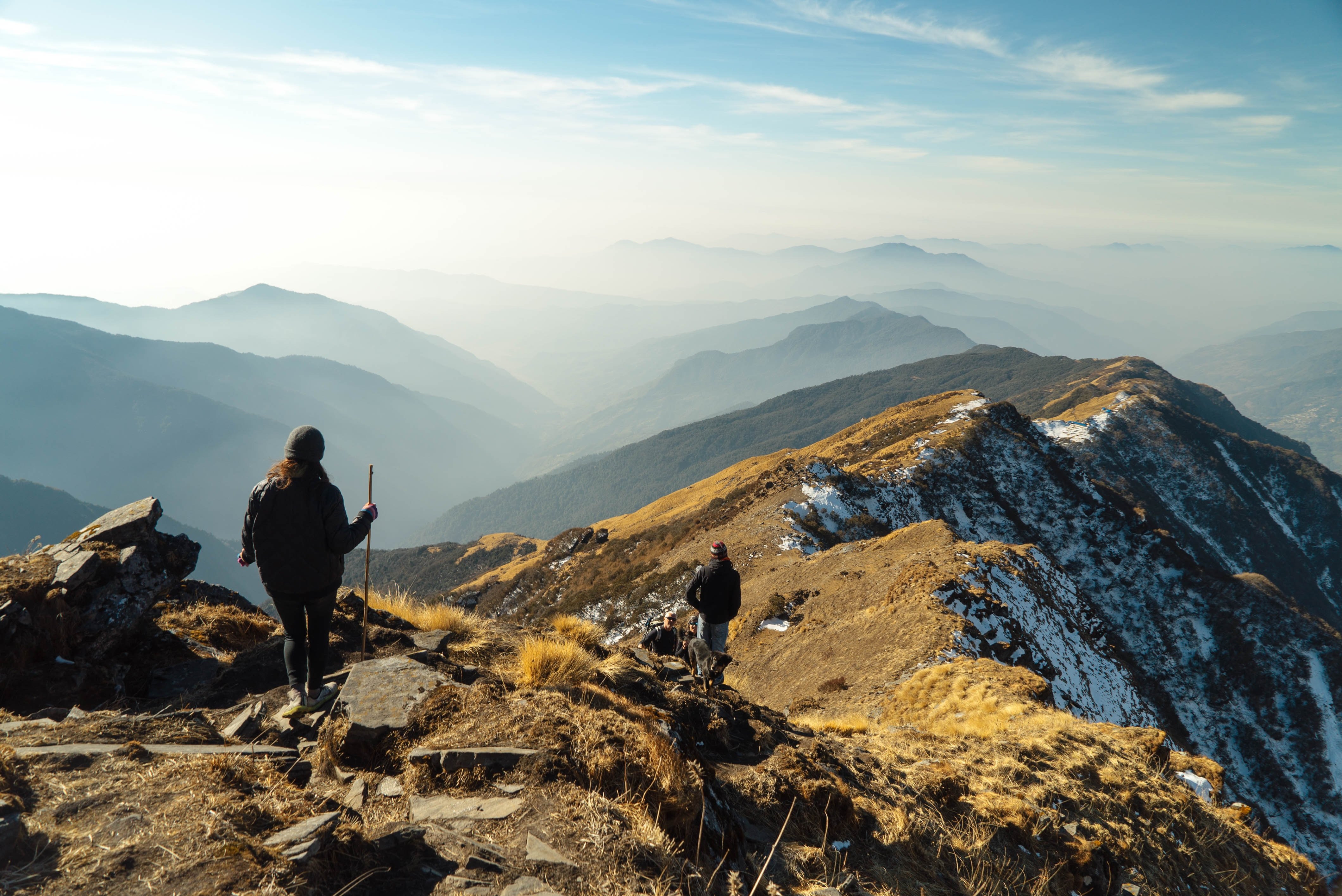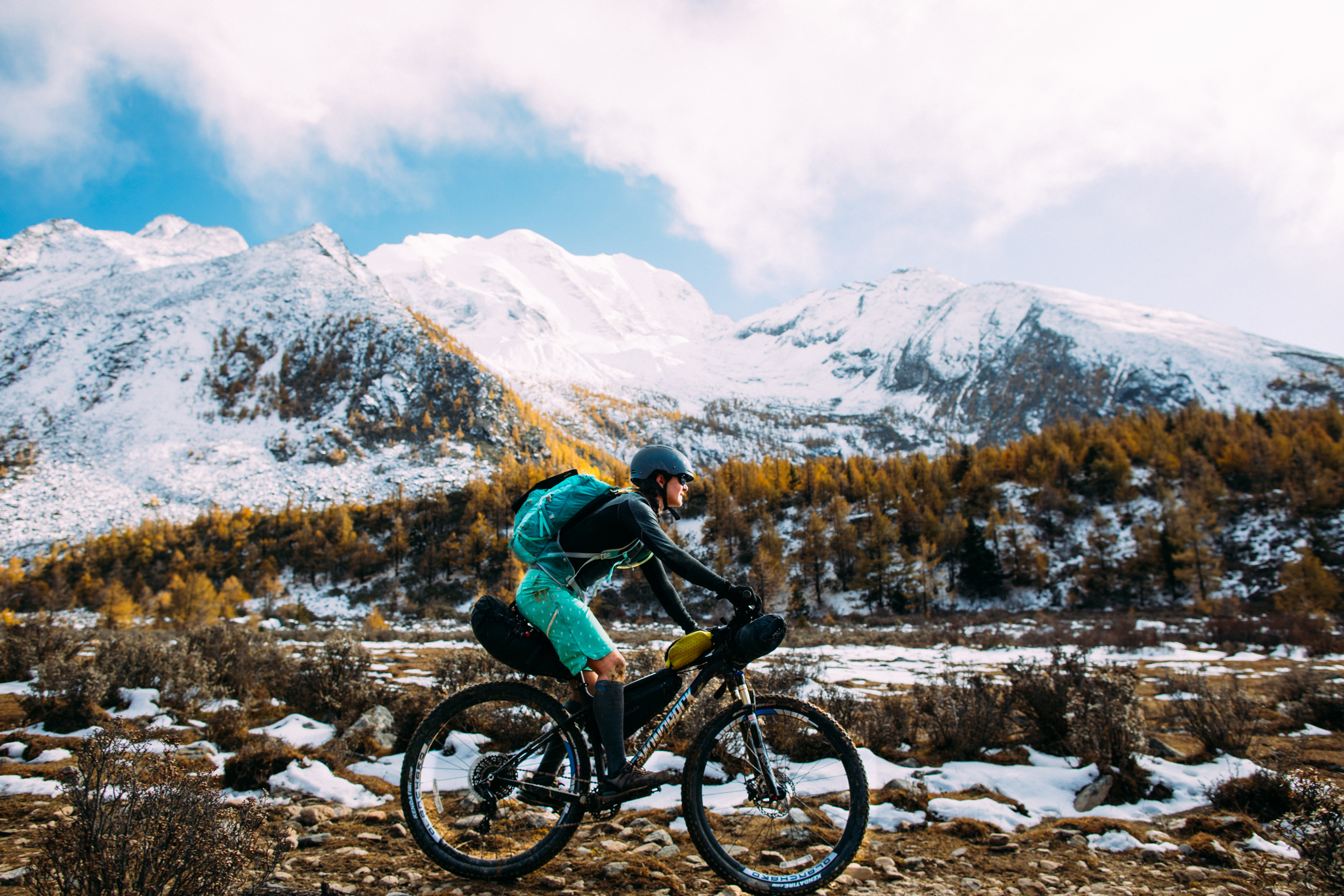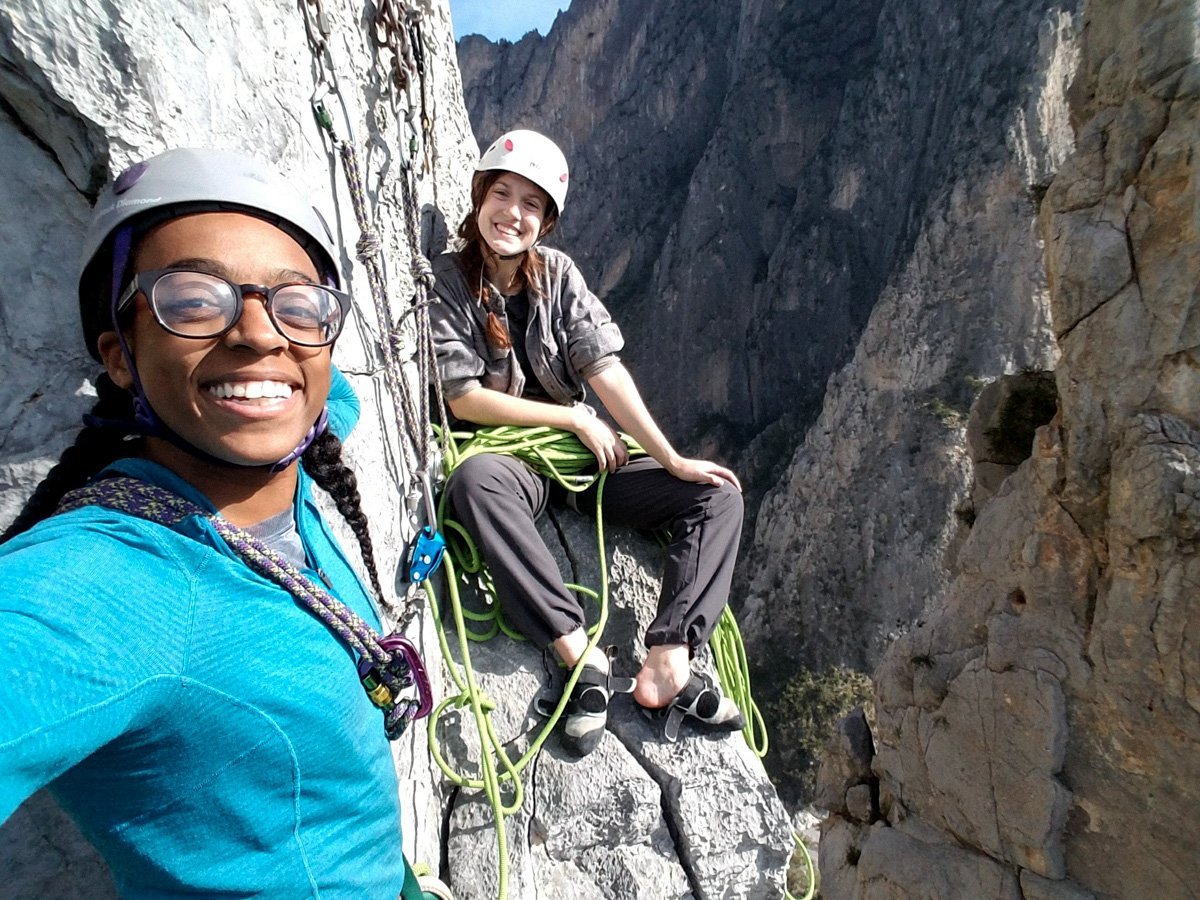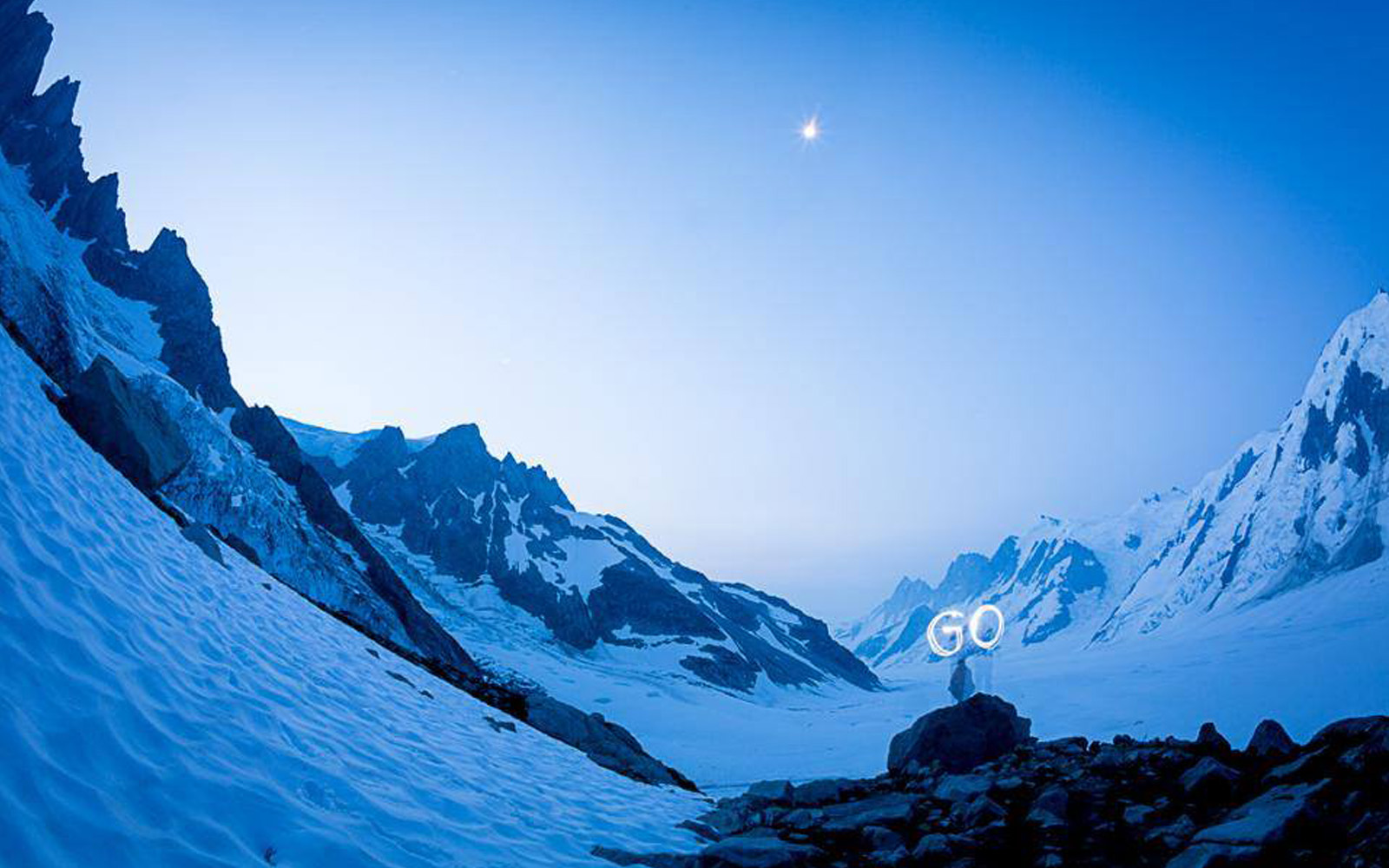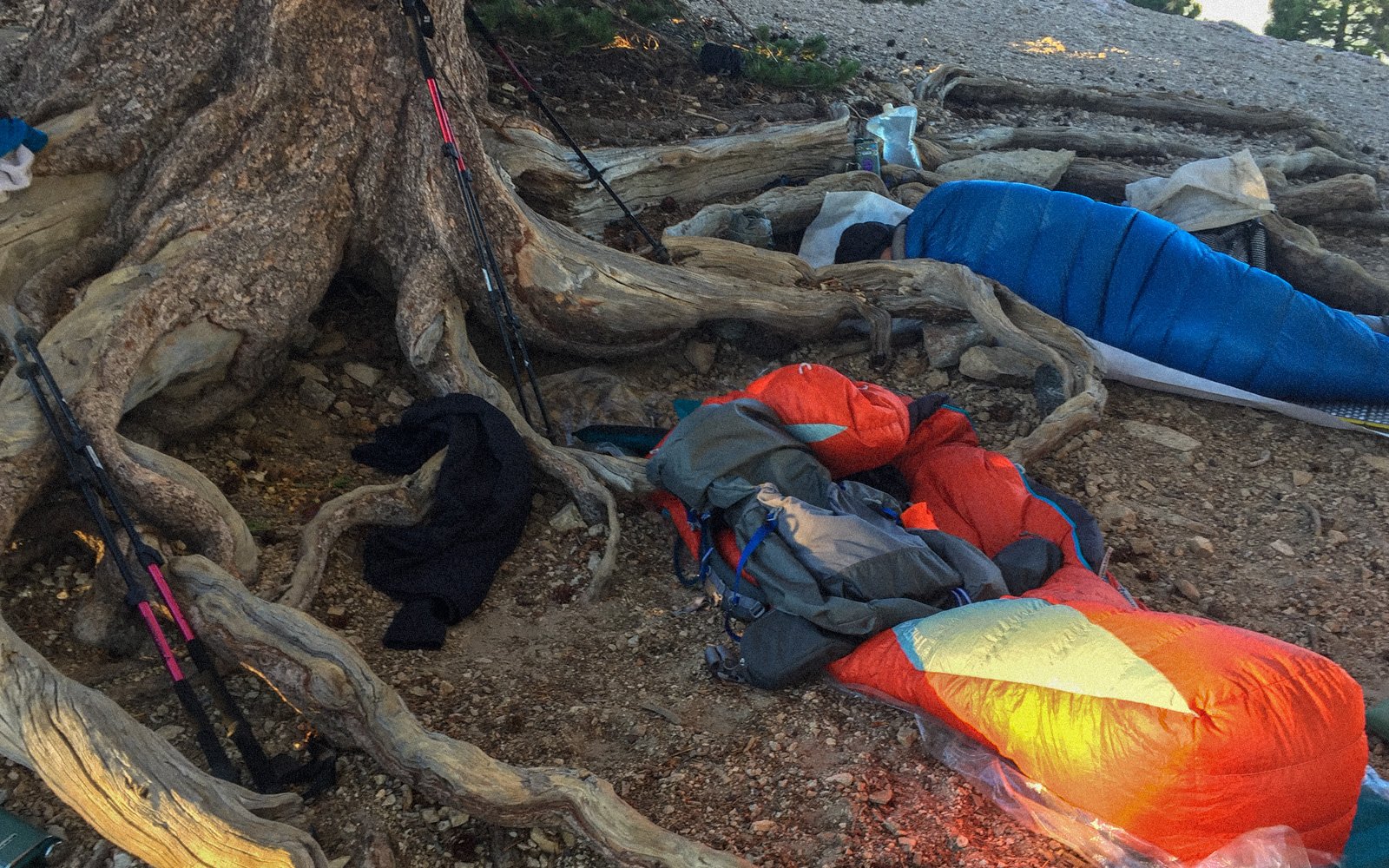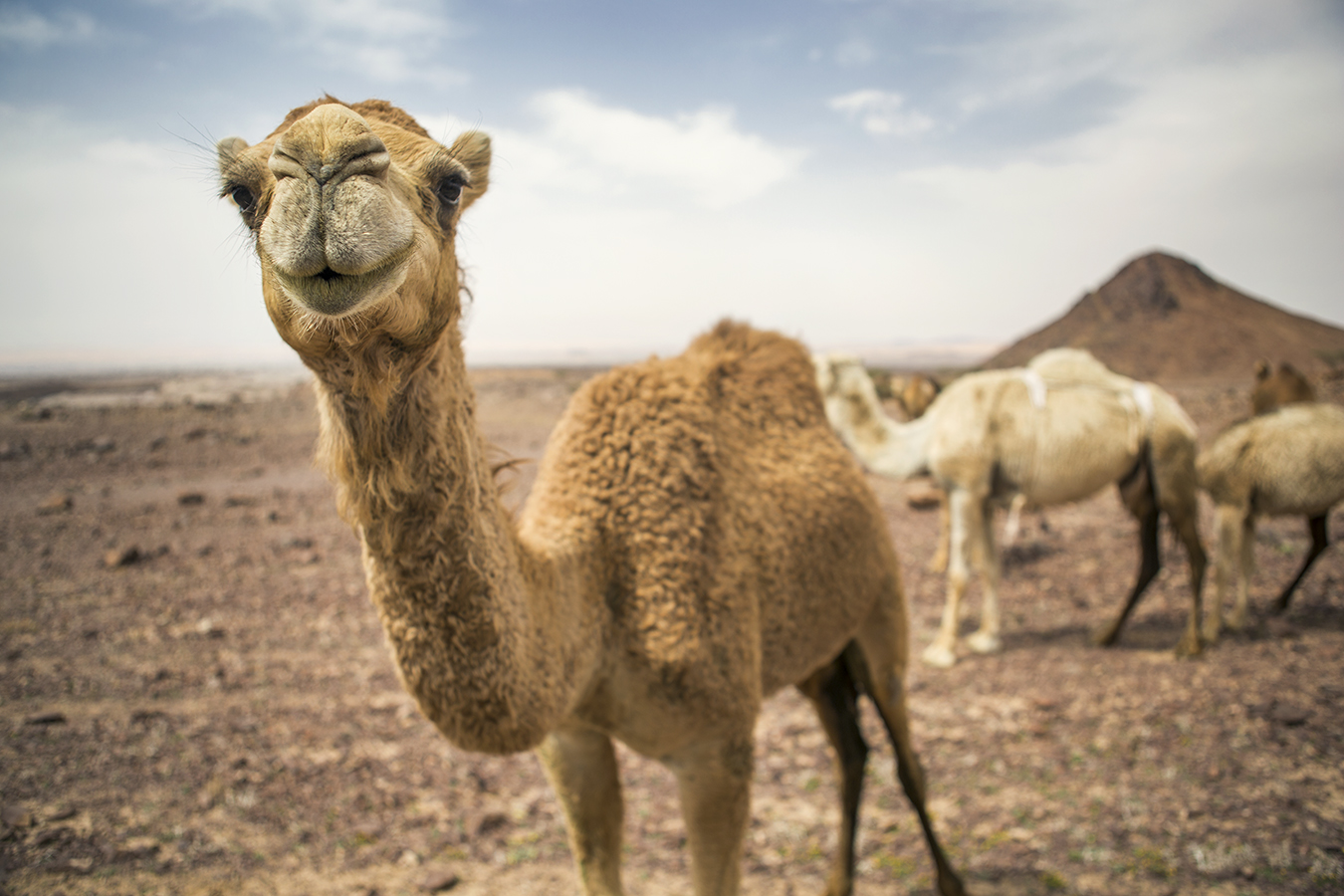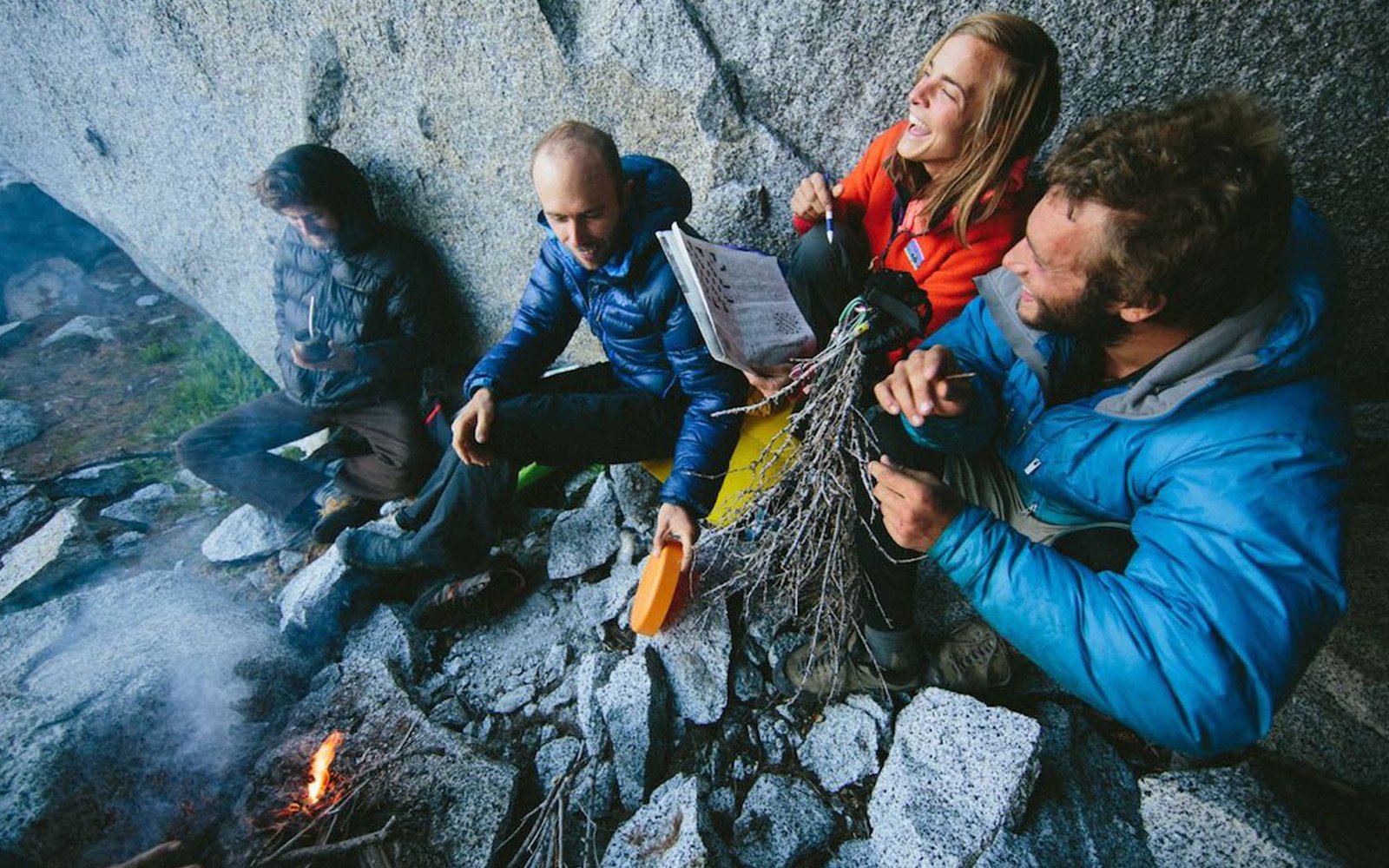What if we told you two normal, everyday guys are pioneering the boldest adventures we’ve ever heard of. Crazy, right? Well, meet Adrian Traquair and Dustin Corkery—two Canadians currently pushing the boundaries for epic, off-the-grid adventures, without possessing any special skills. Actually, we take that back. Traquair and Corkery do have one amazing talent—their willingness to get out there and go for it, without any prior experience. But that’s precisely what makes their expeditions so exciting, and why we’re following their latest mission: the Rickshaw South project.
The boys are attempting to travel the length of South America in “the worst vehicle ever invented.” Traquair and Corkery have been on the road for about a month now, and so far we haven’t heard how it’s going (fingers crossed!), so for our first dispatch, we’ll start from the beginning—the genesis—of where this adventuring stuff all started…
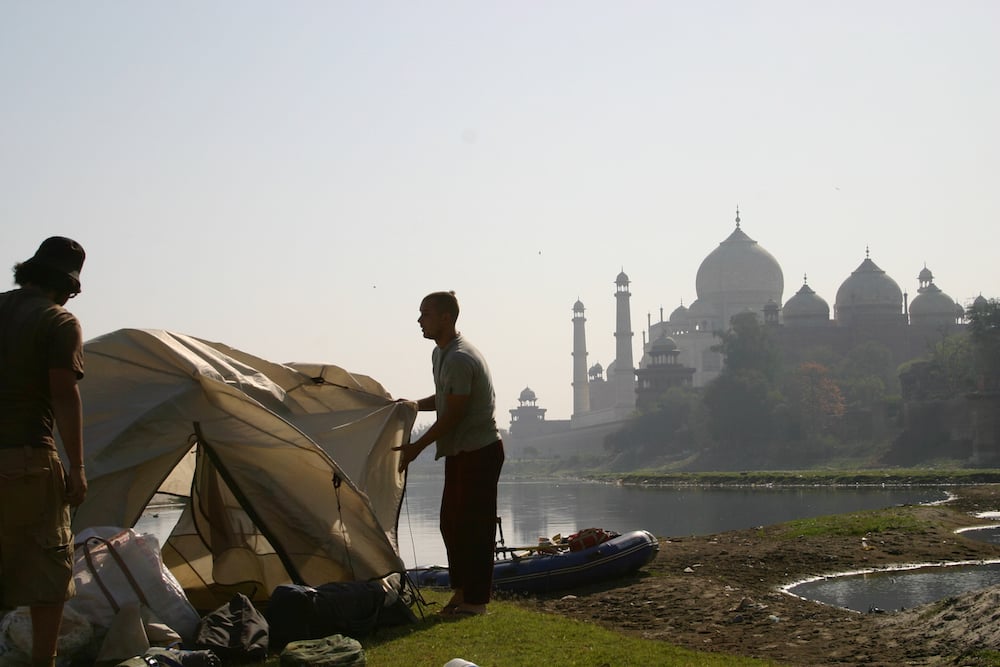 We were granted permission from the soldiers in Agra to camp on an island directly opposite the Taj Mahal.
We were granted permission from the soldiers in Agra to camp on an island directly opposite the Taj Mahal.The Backstory
One can get lucky in many ways; a good hand in cards, a timely roll of the dice, or just being in the right place at the right time. The luck that we encountered during our time in India and Bangladesh was nothing short of a miracle. Even before we left Canada, inexplicable things started happening. We planned the trip as an adventure, as a way to get out of our normal lives and experience something incredible. There was no TV show, no production company, just two friends eager to explore the world. Weeks before we were set to depart, however, a TV producer caught wind of our plan and propositioned us. “We want to turn your adventure into a TV show, the only catch is you must row twice as far as you originally planned.” Without even looking at a map, we instantly agreed. With no experience in front or behind the camera, no survival experience and no experience on the water, we were now tasked to row over 2500kms down the Ganges River and film a TV show about it.
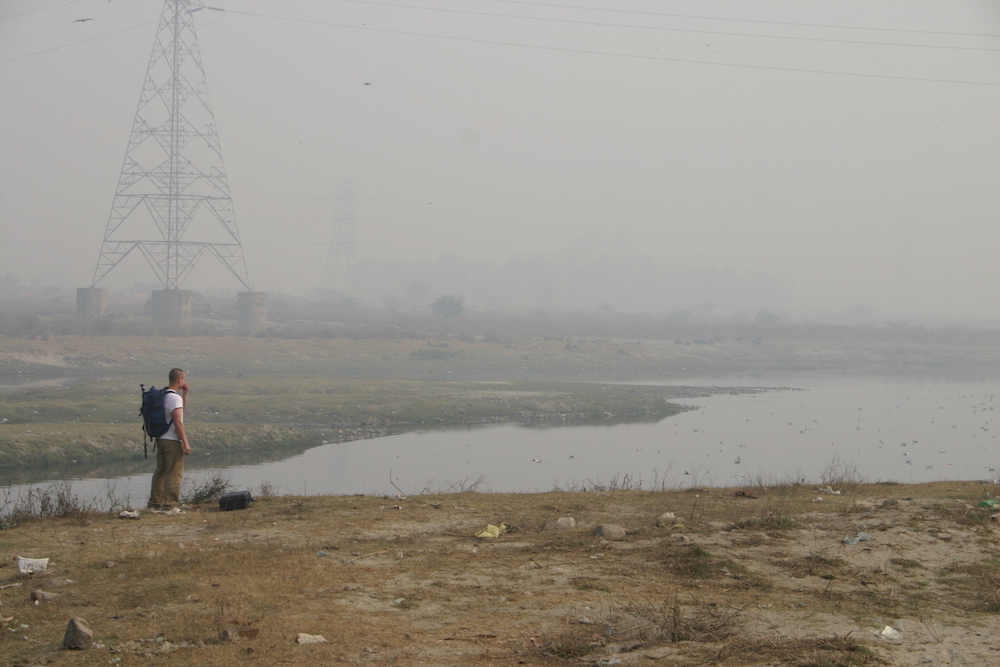
A few weeks later we were on the outskirts of Delhi, the capital of India, staring out over what was to be our starting point on the Yamuna River, the main tributary of the Ganges. This was not the river we had imagined. This was hardly a river at all.
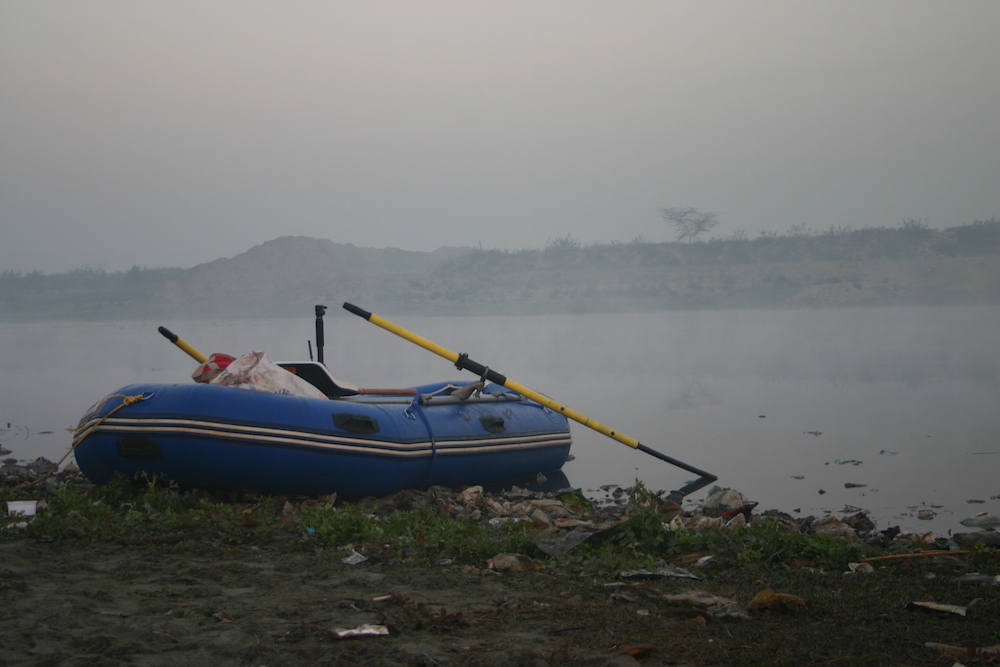
Little did we know that the water in the river during the dry season would be in countless places ankle deep and sometimes, completely absent. The original plan of buying and rowing a wooden local boat, the weight of a compact car would have been impossible, and we thanked the stars that in the end we decided to go with an inflatable raft.
We ended our first night stuck on a mound of garbage in the middle of the river and pulled our raft through the ankle deep water to a sandbar to set up camp. Our lack of preparation bit us again when our cheap local stove broke. Instead of eating a hot meal we sat in the tent nibbling on peanut brittle and oranges debating on going back to Delhi. It was so close we could have walked. We laid down listening to the sounds of a backhoe scooping sand from the riverbed in the dark. This was not the trip we had in mind. This was not the romantic adventure we had saved all our money for. But instead of going back to Delhi, we went to sleep.
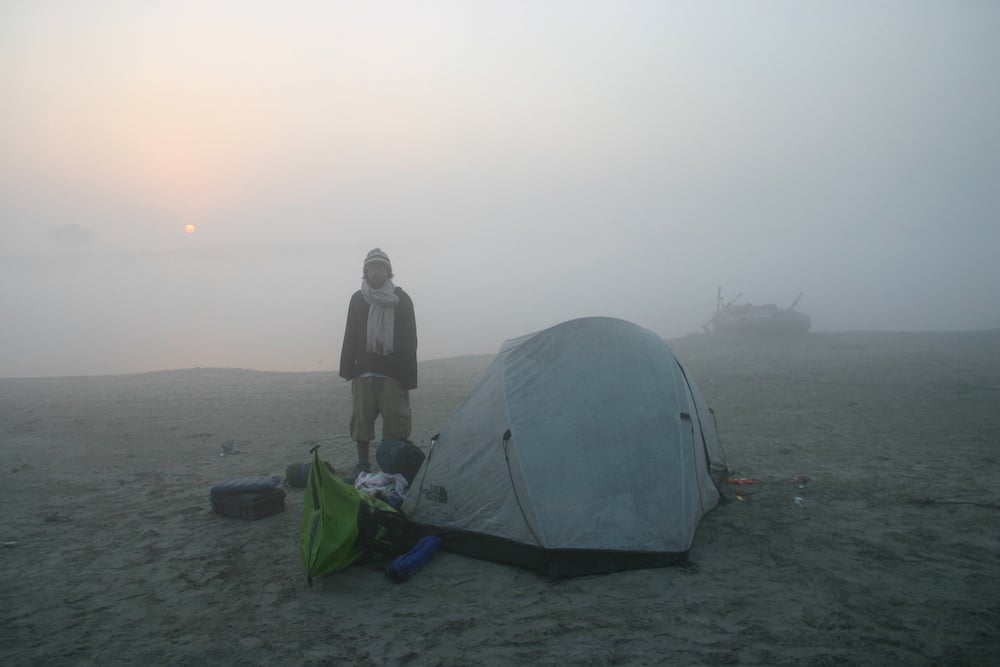
The next morning we woke up cold and hungry. Wild dogs ran away with our last bit of peanut brittle. Fog rose from the garbage filled water. It felt surreal. It wasn’t what we had planned, but we had started: we were on our adventure.
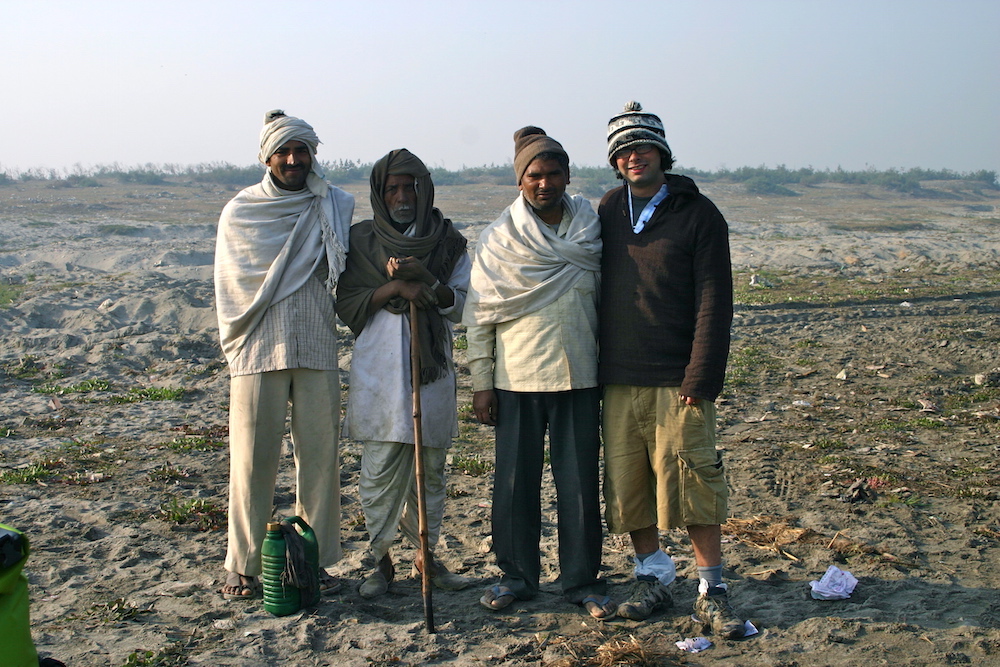
As the mist cleared we heard the sound of a large animal crossing the water. It turned out to be four men on a cart being pulled by a water buffalo. Our original wariness of strangers quickly evaporated. These men had come to offer us chai and bread and we thankfully accepted. We played charades and conveyed our plan to row down the river. They seemed somewhat impressed with the bright blue boat sticking out of the grey and brown surroundings. This was the first morning, this was not the last time our stove failed, nor was it the last time we were saved by the hospitality and generosity of the locals around us. This was just the beginning.
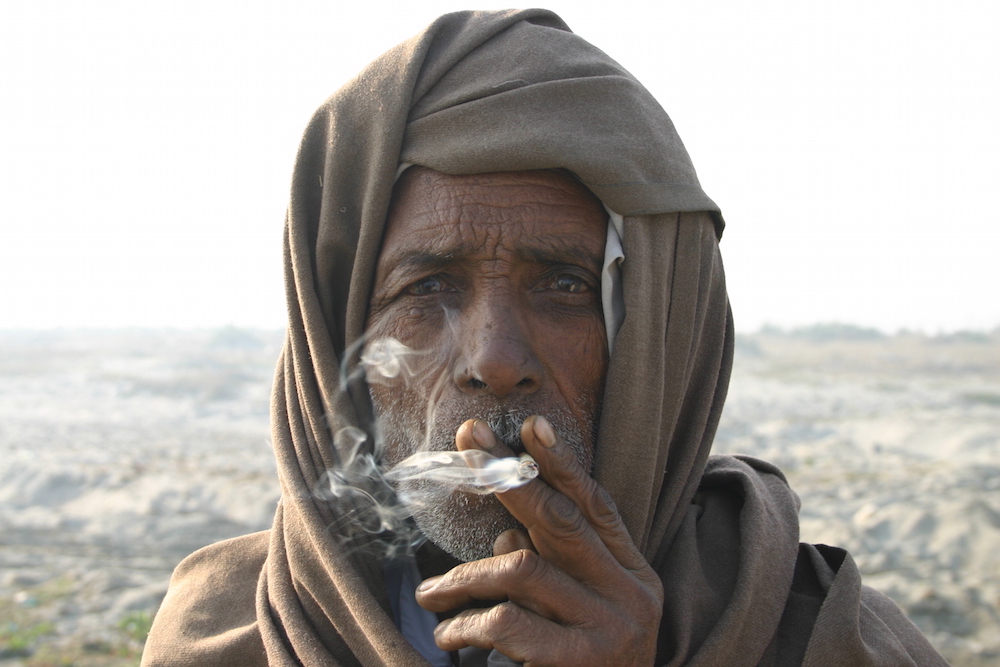
Our first 24 hours on the water could be used as a metaphor for the trip as a whole. Our fortune continued and 10 months later, 2500km’s down the river, over 85 pounds lighter, we rowed into Dhaka, still in awe of the pure kindness displayed by the strangers we met who made the whole trip possible.
Seven years later, with an equally dubious plan, we find ourselves on the Caribbean coast of Colombia, wading through the endless bureaucracy in an attempt to get the papers and registration for our newly purchased three-wheeled auto rickshaw.
 Not a bad spot to test out the new Slacker Hammock while waiting on paperwork. Photo: Maarten Slooves
Not a bad spot to test out the new Slacker Hammock while waiting on paperwork. Photo: Maarten Slooves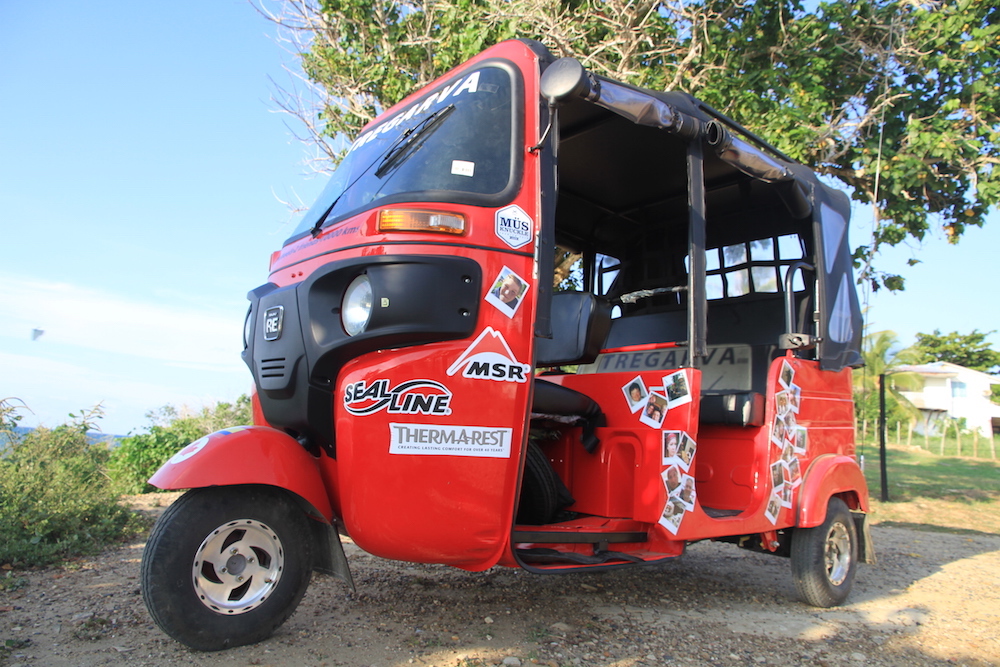
The plan in theory is simple: Drive this ridiculous 198cc machine the total length of South America, from the northern most tip, a coastal desert on the border with Venezuela, to the end of the road in Ushuaia, Argentina, over 10,000km’s to the south.
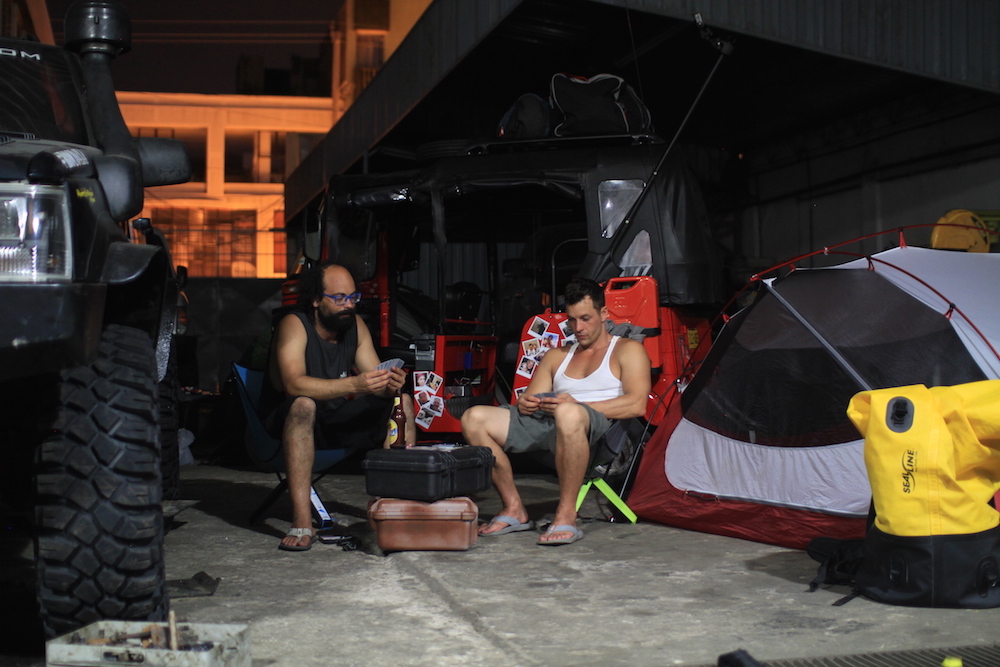
It’s approaching midnight and we are camped out in the workshop of Iguana 4×4 in Barranquilla. The rickshaw is licensed, modified and packed. We are less then five hours from departure. The easy part is done. Now comes the adventure.
